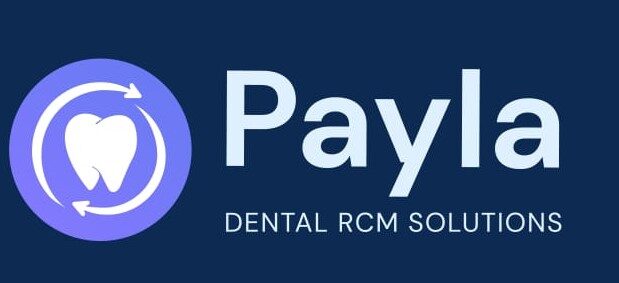Working with multiple insurance policies is more common than ever. Patients often carry both primary and secondary dental insurance, and understanding how to manage secondary insurance claims effectively is essential to maximizing reimbursement and minimizing delays.
This comprehensive guide explains the step-by-step process, common challenges, and best practices for submitting secondary claims successfully—whether you’re a dental billing professional or a practice owner.
🦷 What is Secondary Dental Insurance?
Secondary insurance is a supplemental policy that provides coverage after the primary insurance has paid its portion. The secondary insurer reviews the Explanation of Benefits (EOB) from the primary insurer and may cover part or all of the remaining patient responsibility.
Example: Total Treatment Cost: $800 Primary Insurance Pays: $500 Remaining Balance: $300 Secondary Insurance Might Pay: Some or all of the remaining $300
This is a basic handling secondary insurance claims example, where proper documentation and claim timing directly affect reimbursement outcomes. You’ll encounter many secondary claim examples involving preventive services or restorative procedures.
📜 Coordination of Benefits (COB)
The Coordination of Benefits (COB) process determines the order in which multiple dental insurance plans pay. The primary plan pays first, followed by the secondary.
Key COB Guidelines:
The birthday rule typically applies for dependents (whoever’s birthday comes first in the year is primary).
Employer plans usually take precedence over individual policies.
State and plan-specific rules may affect COB priorities.
Why Submitting Secondary Claims Matters
Helps patients minimize out-of-pocket costs
Increases practice collections
Demonstrates billing professionalism
Reduces patient billing disputes
Step-by-Step Process for Handling Secondary Insurance Claims
1. Verify Dual Insurance Coverage
Always confirm that the patient has active secondary insurance and that it covers the planned procedures.
2. Obtain and Attach the Primary EOB
Most secondary insurers require a copy of the primary insurer’s Explanation of Benefits (EOB) before processing the claim.
3. Submit the Secondary Claim with Required Documentation
Include:
-
The claim form (ADA or CMS-1500)
-
Copy of the primary EOB
-
Treatment notes or clinical documentation (if required)
4. Use Correct Coordination Codes
In practice management software, apply appropriate COB or secondary billing codes to indicate primary payment has been applied.
5. Track and Follow Up
Just like primary claims, monitor claim status, and follow up with the secondary insurer for:
-
Processing updates
-
Additional documentation requests
-
Denial reasons
Tools That Help Streamline Secondary Claim Submission
-
Practice Management Software like Dentrix, Open Dental, Eaglesoft
-
RCM Platforms that handle multi-insurance coordination
-
Integrated clearinghouses for electronic claim submission
-
Patient portals to collect insurance data before visits
Tips to Improve Secondary Claims Management
-
Train front office staff on dual insurance entry and COB rules.
-
Collect full insurance details upfront: policyholder name, plan ID, group number, employer.
-
Ask patients to update COB annually to prevent claim holds.
-
Bundle secondary claims weekly to avoid batch delays.
-
Partner with a dental billing service if your team is overwhelmed.
FAQs: Handling Secondary Insurance Claims
Q1: Can I submit a secondary claim without the primary EOB?
No, most secondary payers require the EOB as proof of payment and coverage applied.
Q2: What if both insurances pay more than 100% combined?
Most secondary plans have a coordination clause that limits combined payments to 100% of the allowed amount. Any overpayment must be refunded.
Q3: How long does it take to receive payment from secondary insurance?
Typically within 2–4 weeks, depending on how quickly you receive the primary EOB and submit the claim.
Q4: What if a patient doesn’t know which insurance is primary?
Use the birthday rule (for dependents), or have the patient call their insurance companies to verify COB.
Q5: Can I bill the patient while waiting for secondary payment?
Yes, but it’s more ethical and preferred to wait until both insurances have processed before billing the patient any remaining balance.
Q6: Are providers required to bill secondary insurance?
While not legally required in every state, many providers choose to bill secondary insurance to maximize patient benefits and practice collections.
🏁 Conclusion:
Efficiently handling secondary dental insurance claims improves patient satisfaction, increases practice revenue, and prevents billing headaches. By training your staff, using the right tools, and staying updated on coordination of benefits rules, your practice can handle dual-insured patients with confidence and clarity.



